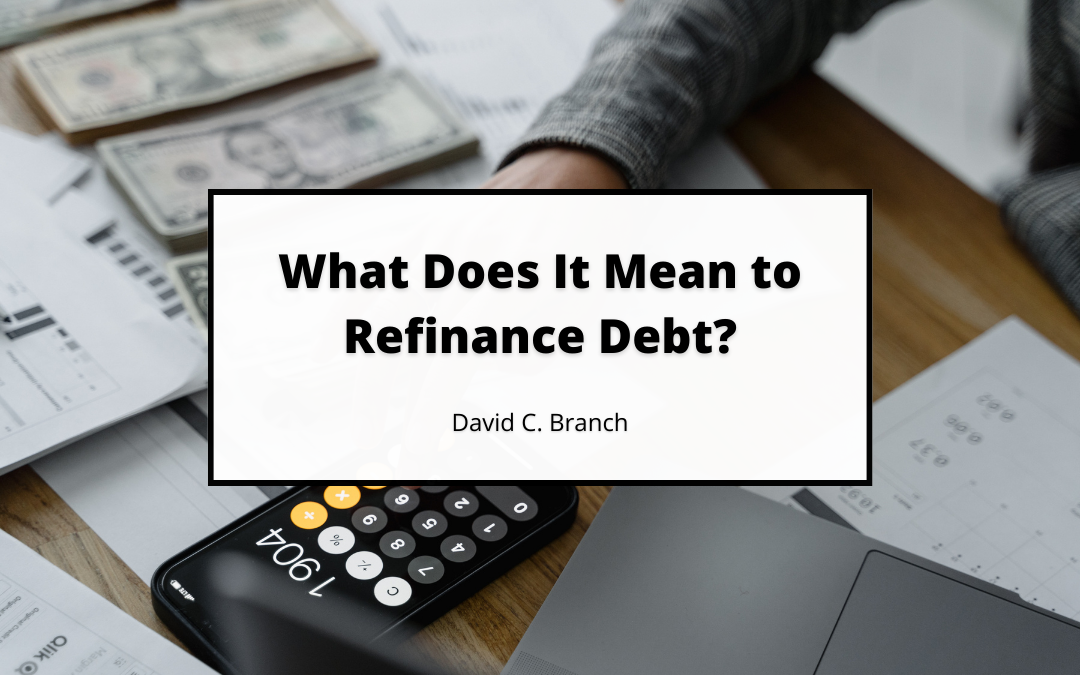What is Debt Refinancing?
Refinancing is a process that involves replacing an existing debt with another debt with better terms and conditions. In most cases, debt refinancing can be carried out through the use of new financing that offers better terms and conditions. This process can be carried out by an individual or company that wants to settle their existing debts with new debt. One of the most common reasons people refinance their debts is to take advantage of the lower interest rate offered by the new loan. They can also reduce their monthly payment by switching to a fixed-rate loan or vice versa.
Practical Example
A person has $1,000,000 remaining on their home mortgage with a 10% interest rate. Due to the lower interest rate, the bank has indicated that they can refinance to a 7% loan for 20 years. This would result in a monthly payment of $9,650.
The monthly payment on the new mortgage would be around $7,753. Refinancing their mortgage would result in them saving almost $2,000 in monthly installments.
Limitations to Refinancing Existing Debt
Although it is an attractive option for many people, refinancing their existing debts can be very difficult in some cases. For instance, if the borrower has a penalty payment, it may be incurred. Also, there may be transaction fees and closing charges associated with the process.
Although people may have the option to negotiate better terms, it is not ideal to do so with the added costs associated with the process, such as the penalty payment and closing fees.
Refinancing their debts would result in them saving almost half a million dollars over the life of their mortgage. However, if the various costs associated with the process, such as the penalty payment and closing fees, exceed $455,280, then it would not be in their best interest to refinance.
Debt Refinancing vs. Debt Restructuring
Although the terms debt restructuring and debt refinancing are often interchangeably used, they are actually very different. Refinancing is a process that involves replacing an existing debt with another debt with better terms and conditions. In debt restructuring, the goal is to extend the term of the debt or delay the interest payments.

